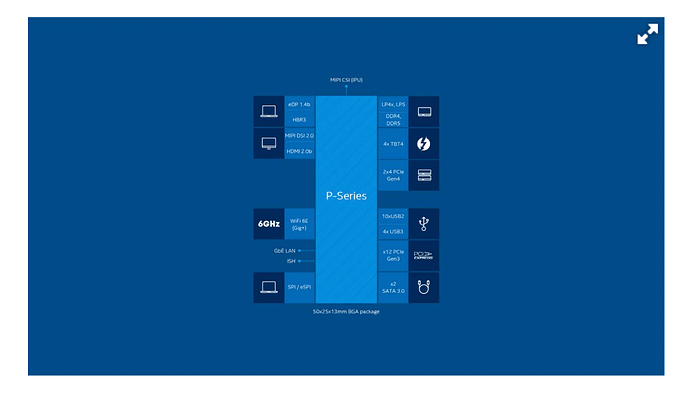right, it might sound ridiculous, but I am running a laptop with M.2 to PCIe adapter as EGPU setup, with PCIE4.0x4, I can get performance as close as a desktop one. it is really sad that the framework only ship with one M.2 nvme slot meaning that I either have to go for usb4 storage as boot driver or think of some other ways of doing it. I am very curious about if there are any space on the motherboard with another M.2 slot can be fitted in. The chassis need to be cut to fit the port though.
Why would you do it that way? Why not keep your m.2 slot for the SSD and use USB4 for the eGPU, yes I know it’s half the bandwidth but it’s gotta to be a cleaner setup
Have you benchmarked the performance difference? I just can’t see the performance gap being that large tbh but I really have no hands on experience with eGPU, just what I’ve read
tb3 with a 1080ti would result in a performance decrease to 30% on average. while the pcie4.0x4 interface would only cost 2%, (I think 2% can be down to margin of error) And thunderbolt EGPU have too much compatibility issues since it is not a direct PCI device. My Tb3 3080ti and 6800xt are facing significant compatibility problems with certain games that would not use it at all, (they are facing 50% performance loss in games they could run.) I am thinking about removing one of the USB4 port internally and replace with a M.2 extender and find a way to attach it to the motherboard. Although I lost a USB port I usually don’t make use of all of the ports often, and I don’t need any direct display outport from the Xe GPU. By the way, I suggest you to check some of the ADT-Link’s adaptors, I am sure they are going to make you crazy figuring out what are those.
I am running a Razer Blade with a Razer CoreX (with a 3080ti/6800xt), they are great, to some extent. In many games that have decent optimizations, I can get a very good performance eg. Warthunder on 1440p 140fps movie settings with DLSS, and VR games are smooth as butter. However, in some games that are not well optimized the performance will suffer greatly. As in Apex Legends, I can only get 20fps in 720p all low. (even the IGPU can outperform that, the Egpu is working but it is running at a cool 30 degrees celsius and 30w of power draw) And Far Cry 6 seems doesn’t want to interact with my EGPU at all. I tried to switch from a GPU to another, from a laptop to another, and the result is clear, the thunderbolt connection is causing compatibility problems. I’ve already ordered an ADT’s R43SG 4.0 to put it on the spare PCI-E 4.0 m2 slot to try if it can improve it or not. I can’t think of any laptop on the market with an exposed m.2 slot or pcie …oh wait, does the replaceable SSD on surface pros exposed m.2 (i don’t know the speed of them though)? either way, i would also wait for a 15 (or 16) inch model as well, hope they can make a pcie expansion slot in the future (just a thought) It is not that hard if they try.
In that case the software must be completely broken
It is a m.2 2230. However, you will have no boot device.
Some laptops, more commonly Thinkpad, have partially removable back covers that expose things like ram or SSD slots. In those cases it is possible.
one thing I did like about my probook was that the bottom cover was basically one huge panel that exposes basically everything.
Yes…and no. The 1260P has 20 PCIe lanes available from the CPU. 4 lanes per TB port and 4 lanes for the primary SSD equals 20 lanes.
This graphic from Intel suggests more lanes should be available but I’m not sure how they would be implemented.
Since this thread got bumped, I’d like to re-iterate an idea I’ve posted in other threads: an m.2 2280 to dual m.2 2230 riser.
Since you can now get 2TB m.2 2230 NVMe SSDs and the way PCIe works is that you can simply reduce the lane count and things will still “just work”, one should in theory be able to simply take that 4 lanes of PCIe 4.0 and split it into dual 2 lanes of PCIe 4.0 (which itself would still be equal to 4 lanes of PCIe 3.0).
Fun fact - this is basically the configuration used by the Xbox Series X.
Really the main bottleneck is going to be how much height you have, though I suppose it may also be possible to make a riser that is more akin to a “frame” rather than a “board”, allowing each m.2 2230 SSD to remain at normal height.
